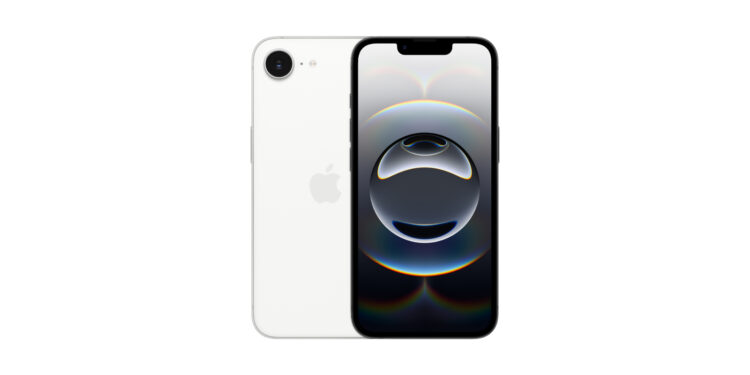With the iPhone 16e, Apple is launching a cheaper model that differs in some ways from the regular iPhone 16 series. To reduce costs, Apple is not only doing without MagSafe but also two key technologies: ultra-wideband (UWB) and Thread radio. These two functions play an important role in precise location determination and communication with smart home devices. Their absence could mean significant limitations for some users. But what exactly is behind these technologies and what impact does their elimination have on the use of the iPhone 16e?
Apple is known for its continuous innovations, but with the iPhone 16e the company is taking a different approach: fewer features for a lower price. MagSafe has already been deleted, but the lack of ultra-wideband and Thread could have major consequences - especially for users who rely on smart devices or have connected their homes with modern technology. Anyone interested in the iPhone 16e should know exactly which functions they will have to do without. These missing technologies could make a difference, especially when it comes to locating devices or controlling smart home systems.
Ultra-broadband is missing – what does that mean?
Ultra-wideband (UWB) is a wireless communication technology that allows devices to be located with high precision. Compared to Bluetooth or WiFi, UWB can determine the distance and position of other devices to within a few centimeters. Apple uses this technology in many of its products, such as the AirTags, Apple Watch or HomePod mini. The lack of UWB in the iPhone 16e has a direct impact on various functions:
- Limited device tracking: Normally, UWB allows for particularly precise location determination, for example when finding lost AirTags or other Apple devices. Without this technology, tracking is less accurate and works instead via Bluetooth or Wi-Fi, which is less accurate and slower.
- No improved handoff with the HomePod mini: Thanks to UWB, the iPhone can interact with a HomePod mini by simply approaching it. Music transfer is seamless. Without UWB, this function does not work as smoothly or is not available at all.
- Limited use of future Apple technologies: Apple is using UWB in more and more devices, for example for keyless opening of cars or communication between devices in a personal network. Those who rely on the iPhone 16e may have to do without new functions in the future.
For many users, UWB is barely noticeable so far, but those who already use AirTags or own Apple devices that rely on this technology might see the loss of this feature as a step backwards.
No Thread Radio – Impact on Smart Home Devices
In addition to ultra-wideband, Apple is also foregoing Thread, a new wireless technology for smart home devices, on the iPhone 16e. Thread is an alternative to Bluetooth, WiFi or Zigbee and was developed to enable faster, more reliable and more energy-efficient communication between smart home products. Apple first integrated Thread in the HomePod mini, and more and more smart devices now support this standard. While the regular iPhone 16 models have a Thread module, the iPhone 16e does not. This has a number of consequences for smart home control:
- Poorer connection to smart home devices: Without Thread, there could be delays in controlling devices such as lights, sensors or thermostats. These may then respond more slowly or less reliably.
- Limited support for Matter devices: Matter is a new smart home standard that makes different systems such as Apple Home, Google Home and Amazon Alexa compatible with each other. Many Matter devices use Thread. Those using the iPhone 16e may notice limitations when controlling these devices.
- Less future-proofing for smart home technology: Apple is increasingly incorporating Thread into its devices to make the smart home more reliable and flexible. However, the iPhone 16e will not be part of this development. Anyone who wants a networked home should consider whether another iPhone model would be more suitable.
Is the iPhone 16e worth it despite the missing features?
The iPhone 16e is a cheaper Variant of the new iPhone generation, but the lack of ultra-wideband and Thread could be an exclusion criterion for some users. Those who use AirTags, want to control their smart home or simply want to be prepared for future Apple technologies might be better off with the iPhone 16 or iPhone 16 Pro. If these technologies are not important to you, the iPhone 16e could still be a good choice - especially if you are looking for a current iPhone that is more attractively priced than the other models in the 16 series. (Image: Apple)
- iPhone 16e: Modern design, but no MagSafe – a disadvantage?
- Apple presents C1: The first own 5G modem for the iPhone
- iPhone 16e: Apple's new smartphone with top technology





